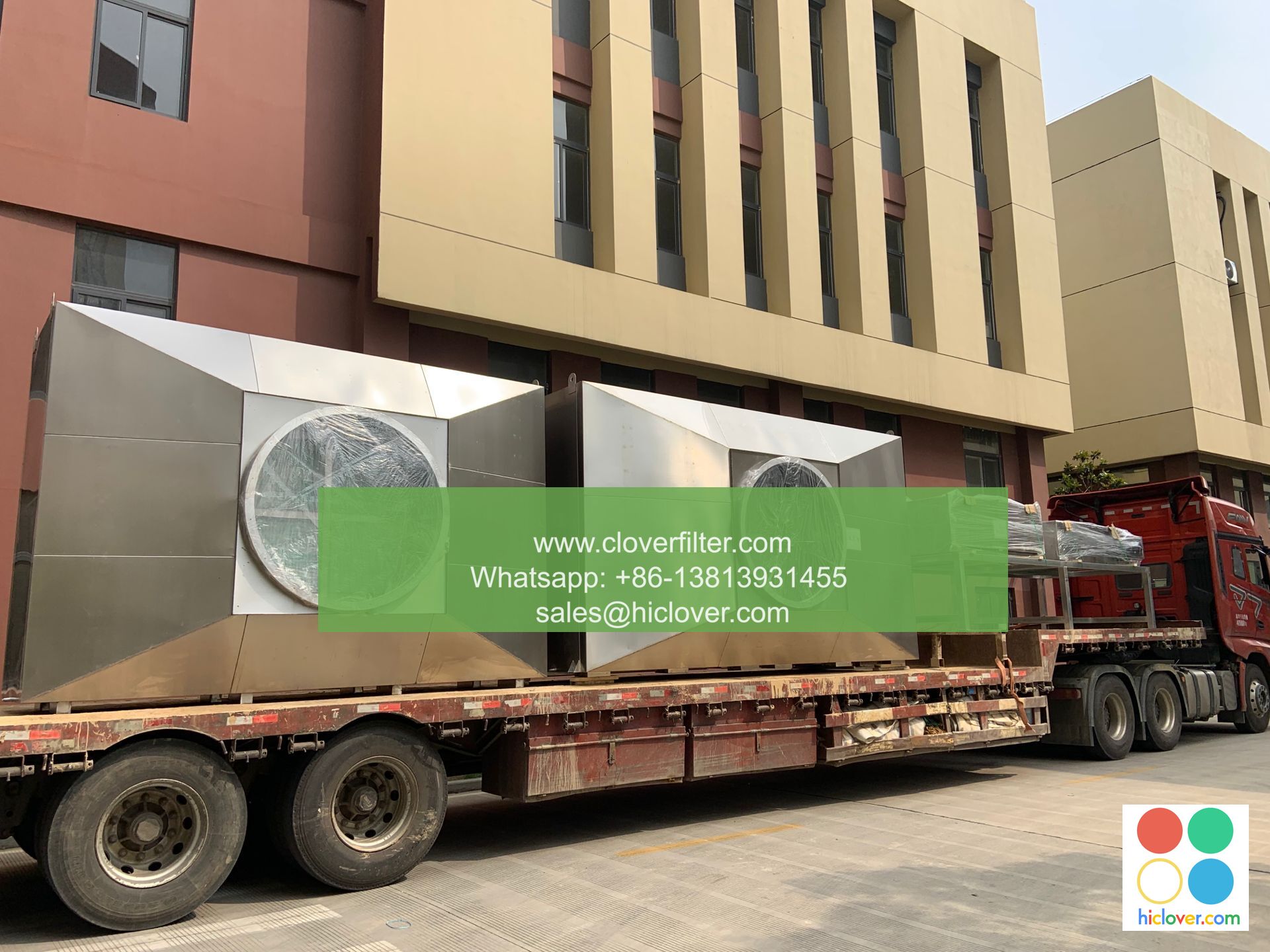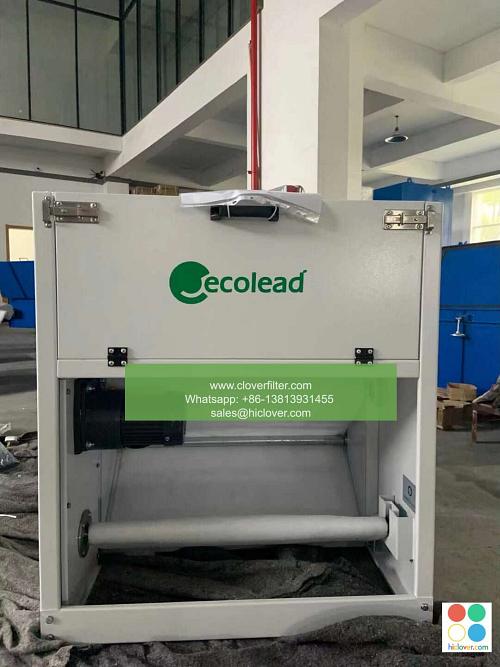A DIY Guide to Creating a Custom Air Filter

As the world becomes increasingly aware of the importance of indoor air quality and its impact on our health, the demand for effective air filtration systems has risen. A custom air filter can be a game-changer for individuals suffering from allergies, asthma, or other respiratory issues. In this article, we will walk you through a step-by-step DIY guide on creating a custom air filter, highlighting various application areas and the benefits of customized air filtration.
Understanding the Basics of Air Filtration
Before we dive into the DIY guide, it’s essential to understand the basics of air filtration and how it works. Air filters are designed to capture particulate matter, such as dust, pollen, and pet dander, as well as gases and odors. A custom air filter can be tailored to address specific indoor air quality concerns, such as mold, bacteria, or volatile organic compounds (VOCs).
Materials Needed for a Custom Air Filter
To create a custom air filter, you will need the following materials:
– Filter media: This can include HEPA filters, activated carbon, or electrostatic filters.
– Frame: You can use a wooden frame, plastic frame, or metal frame to hold the filter media in place.
– Sealant: To ensure a tight seal, you will need a sealant, such as caulk or hot glue.
– Scissors or a cutter: To cut the filter media to size.
– Air filter tape: To secure the filter media to the frame.
Step-by-Step Instructions for Creating a Custom Air Filter
1. Measure and cut the filter media: Measure the size of your air filter frame and cut the filter media to fit.
2. Assemble the frame: If using a wooden or plastic frame, assemble the frame according to the manufacturer’s instructions.
3. Attach the filter media: Use air filter tape to secure the filter media to the frame.
4. Seal the edges: Apply a sealant to the edges of the frame to ensure a tight seal.
5. Install the custom air filter: Install the custom air filter in your HVAC system or air purification unit.
Application Areas for Custom Air Filters
Custom air filters can be used in a variety of application areas, including:
– Residential homes: To improve indoor air quality and reduce allergens.
– Commercial buildings: To improve indoor air quality and reduce Sick Building Syndrome.
– Industrial settings: To capture hazardous particles and gases.
– Healthcare facilities: To reduce the risk of hospital-acquired infections and improve patient outcomes.
Benefits of Customized Air Filtration
Customized air filtration offers several benefits, including:
– Improved indoor air quality: By capturing particulate matter and gases, custom air filters can improve indoor air quality and reduce the risk of respiratory issues.
– Increased energy efficiency: By reducing the amount of particulate matter in the air, custom air filters can improve the efficiency of HVAC systems and reduce energy costs.
– Extended equipment life: By capturing particulate matter and gases, custom air filters can extend the life of HVAC equipment and reduce maintenance costs.
In conclusion, creating a custom air filter is a straightforward DIY project that can have a significant impact on indoor air quality and respiratory health. By understanding the basics of air filtration and using the right materials, you can create a custom air filter that addresses your specific indoor air quality concerns. Whether you’re looking to improve indoor air quality in your home, commercial building, or industrial setting, a custom air filter is a valuable investment in your health and well-being. You haven’t asked a question or provided any context. What would you like to talk about or ask? I’ll do my best to help.

